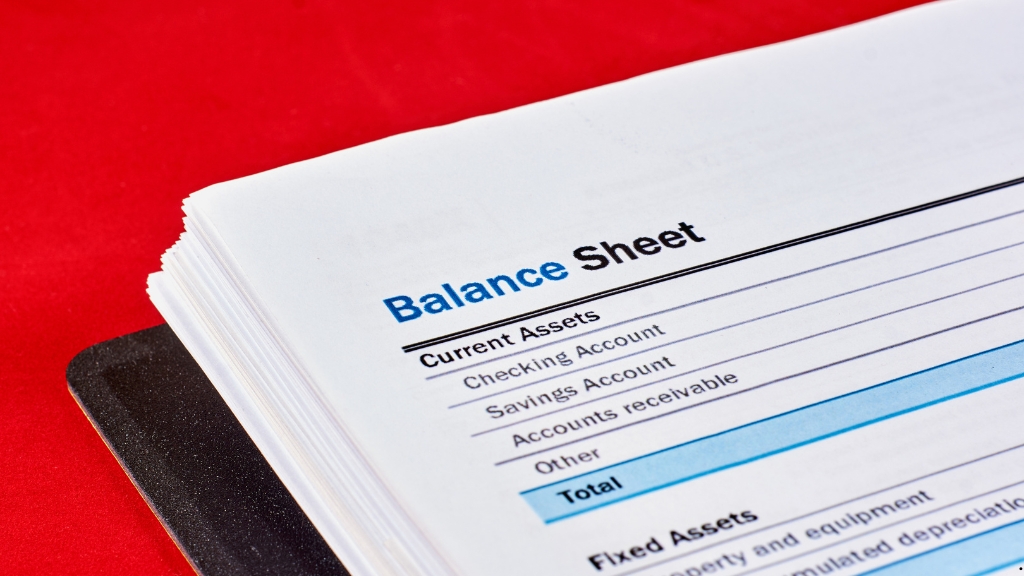The Creative-Data Balance: Unlocking Campaign Success with Both Elements

In today’s fast-paced marketing world, finding the right balance between creativity and data is crucial for campaign success. I’ve seen firsthand how the most effective campaigns blend innovative ideas with solid analytics. Creativity sparks interest and engagement, while data provides the insights needed to refine strategies and measure impact.
When I dive into campaign planning, I always remind myself that neither creativity nor data should dominate the process. Each element plays a vital role in driving results. By harmonizing these two aspects, I can craft campaigns that not only capture attention but also resonate with target audiences, ultimately leading to greater success.
Understanding The Creative-Data Balance
Balancing creativity and data is crucial for effective marketing campaigns. Creativity captivates audiences, while data shapes strategies for maximum impact.
What Is Creative in Marketing?
Creativity in marketing involves unique ideas, compelling visuals, and innovative messaging. It encompasses various elements like storytelling, design, and emotional appeal, all aiming to engage the consumer. Creative strategies often include:
Visual Branding: Developing memorable logos, color schemes, and imagery that reflect brand identity.
Content Creation: Crafting original videos, blog posts, and social media content that resonate with target audiences.
Experiential Marketing: Designing interactive experiences that foster deeper connections between consumers and brands.
Campaign Themes: Utilizing thematic elements that tie campaigns together, helping to create a recognizable narrative.
The Role of Data Analytics
Data analytics plays a fundamental role in guiding marketing efforts. It provides valuable insights into audience behavior, campaign performance, and market trends. Key aspects include:
Audience Segmentation: Analyzing demographic and behavioral data to identify distinct consumer groups.
Performance Metrics: Tracking key performance indicators (KPIs) like click-through rates and conversion rates for campaign assessment.
Optimization Insights: Utilizing data to enhance campaign strategies based on real-time feedback and historical performance.
Predictive Analytics: Employing statistical techniques to forecast future trends, informing proactive marketing decisions.
Combining creativity with data analytics fosters campaigns that not only capture attention but also drive measurable results.
Importance of The Creative-Data Balance
Balancing creativity and data is crucial for campaign success. This combination elevates campaigns, ensuring they capture attention while driving engagement and delivering measurable results.
Enhancing Campaign Effectiveness
Integrating data into creative processes boosts campaign effectiveness. Data-driven insights refine targeting strategies, enabling personalization for diverse audience segments. For example, analyzing past performance metrics reveals what resonates with specific groups, shaping future content direction. Strategic adjustments like A/B testing optimize elements such as headlines, visuals, or call-to-action prompts. Each iteration, informed by data, improves the overall performance, leading to higher conversion rates and campaign success.
Building Audience Connection
Creativity engages audiences, yet data strengthens these connections. By understanding audience preferences through data analytics, I craft messages that resonate deeply. Insights into demographics, behaviors, and interests help in developing relevant, meaningful content. For instance, utilizing segmentation techniques enables me to tailor campaigns for different groups, creating a more profound emotional impact. Engaging creative content, combined with data insights, fosters brand loyalty and cultivates long-lasting relationships with consumers.
Strategies to Achieve The Balance
Balancing creativity and data in marketing campaigns involves intentional strategies. These methods facilitate synergy between innovative ideas and analytical insights for enhanced campaign effectiveness.
Integrating Creative Concepts with Data Insights
I prioritize aligning creative concepts with data insights to create compelling campaigns. Utilizing customer data, I develop content that resonates with specific audience segments. By analyzing consumer behavior and preferences, I can tailor messaging that captures attention, driving engagement. Implementing a feedback loop between creative teams and data analysts helps refine ideas in real-time, ensuring that creativity remains grounded in measurable insights.
Measuring Creative Success through Data
I measure creative success by employing relevant data analytics. Tracking performance metrics such as click-through rates, conversion rates, and engagement levels provides clarity on what resonates with audiences. I implement tools like A/B testing to compare different creative approaches, allowing for data-driven decisions that enhance campaign elements. Additionally, I analyze post-campaign data to understand the overall impact, informing future strategies and fostering continuous improvement in creative execution.
Case Studies of Successful Campaigns
Examining successful campaigns offers valuable insights into the effective balance of creativity and data. These examples highlight how innovative concepts combined with analytical insights led to remarkable results.
Example 1: Campaign A
Campaign A showcased a unique visual branding strategy that resonated with millennials. The creative team developed an eye-catching, interactive online experience, engaging users through gamified content. Using data analytics, the team identified peak engagement times and tailored messaging accordingly, achieving a 40% increase in user interaction. Post-campaign analysis revealed a 25% growth in brand loyalty; the data reinforced the creative direction and informed future strategies.
Example 2: Campaign B
Campaign B focused on personalization through innovative storytelling. By leveraging customer segmentation data, the campaign delivered tailored messages to specific demographics. The creative team used compelling narratives and visuals to craft a relatable experience, resulting in a 30% uplift in conversion rates. Ongoing metrics revealed user preferences, guiding adjustments in real-time. This data-driven approach ensured continuous engagement and enhanced user connection, showcasing the effectiveness of combining creativity and data in campaign success.
Conclusion
Balancing creativity and data is essential for any successful marketing campaign. I've seen firsthand how this combination not only captures attention but also drives engagement and delivers measurable results. By integrating data insights into creative processes I can refine targeting strategies and personalize content for diverse audience segments.
Embracing this synergy fosters brand loyalty and builds lasting relationships with consumers. As I continue to explore innovative approaches I’m reminded that the most effective campaigns arise from a harmonious blend of imaginative concepts and analytical rigor. This balance is the key to unlocking true campaign potential and achieving outstanding outcomes.
